Category: Air & Surface Testing
-

10 Common Reasons You Could be Non-compliant with Lead Disclosure Laws
Lead disclosure laws are designed to protect people from the harmful effects of lead-based paint, especially in homes and buildings built before 1978. Despite their importance, many property owners, real estate professionals, contractors, and landlords find themselves unwittingly out of compliance with these regulations. Failing to follow these laws can lead to hefty fines and…
-
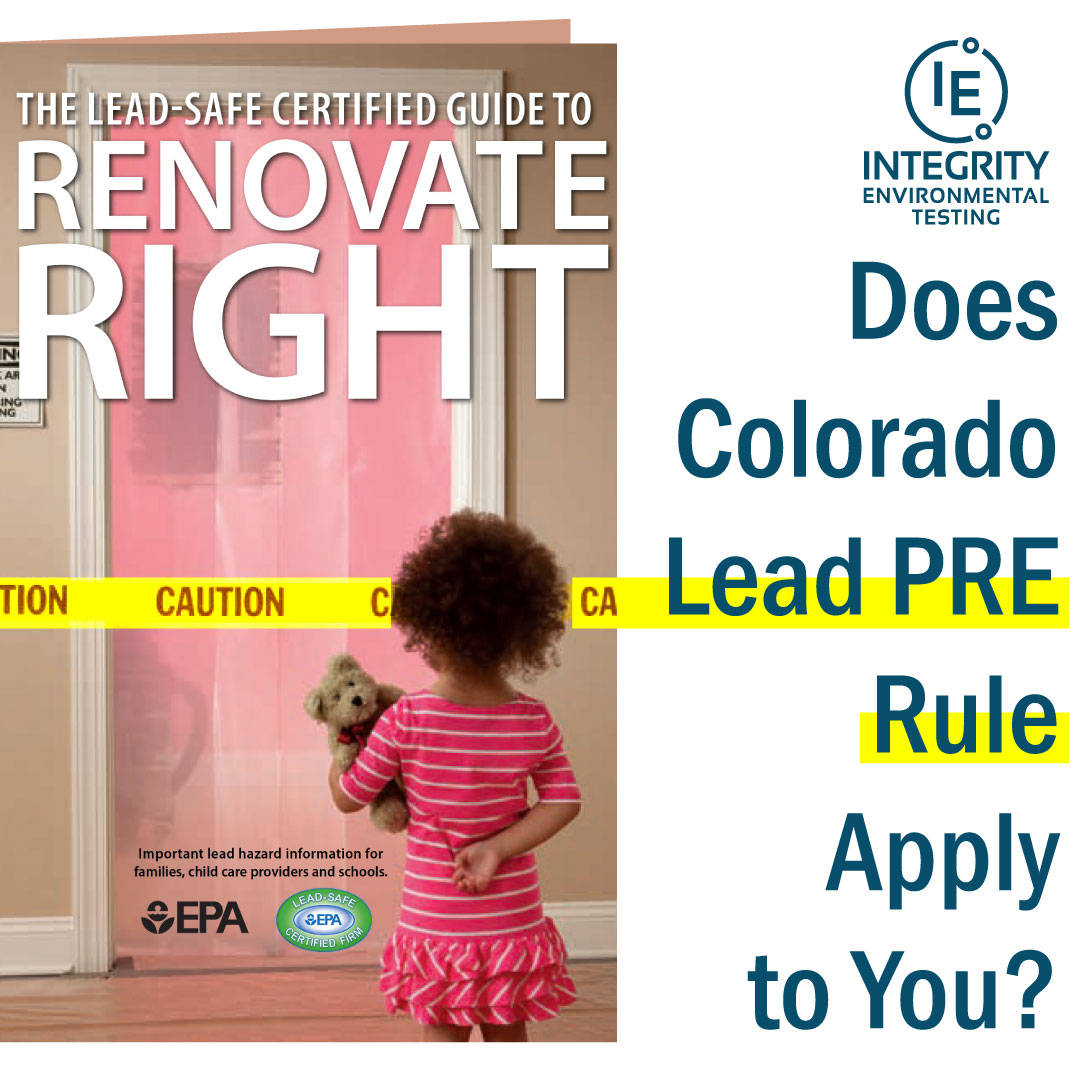
Does the Pre-Renovation Lead Rule Apply to You?
If you’re a contractor, property manager, or even a landlord working on pre-1978 housing or child-occupied facilities in Colorado, you might be asking yourself if the Lead-Based Paint Pre-Renovation Education Rule (Lead PRE) applies to you. It’s an essential regulation designed to protect residents—especially children and pregnant women—from the dangers of lead exposure during renovation…
-
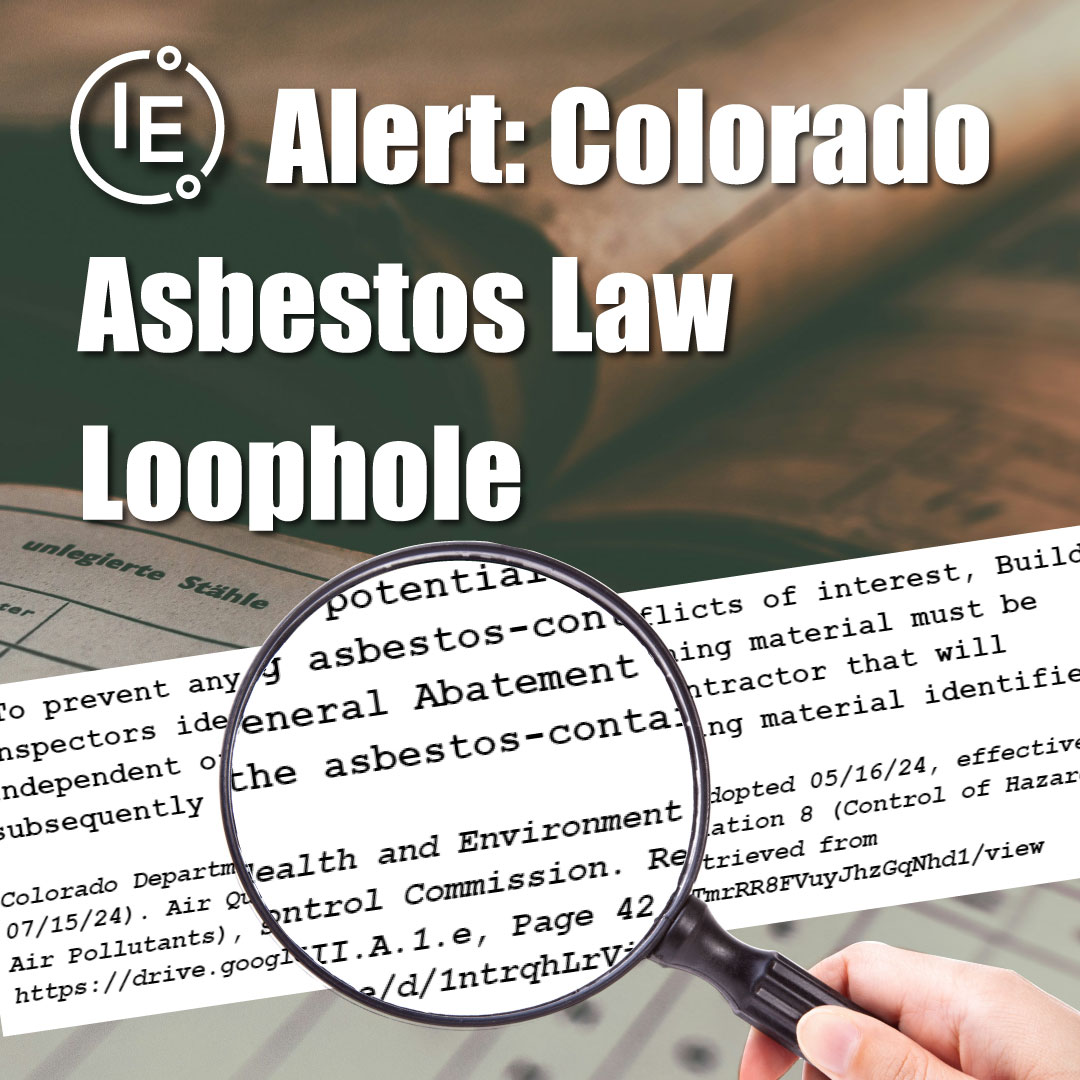
Alert: Colorado Asbestos Law Loophole
When dealing with asbestos, understanding the regulations and potential conflicts of interest between asbestos inspection and abatement services is crucial for protecting your home and health. Colorado Regulation 8, Part B specifically addresses these concerns. Here’s a detailed look at the regulation, its implications, and how homeowners can safeguard themselves. Independence Requirement for Abatement Contractors…
-
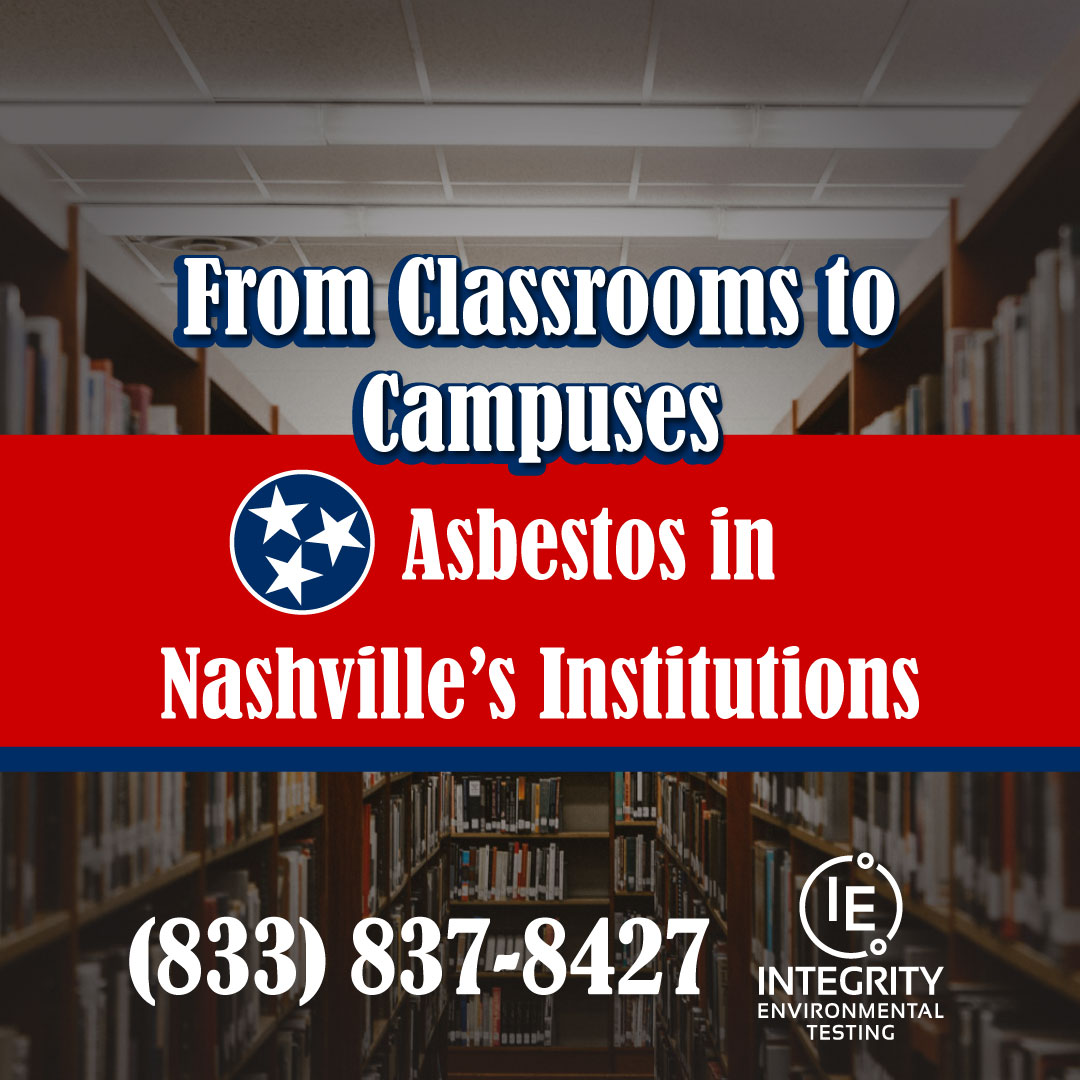
From Classrooms to Campuses: Asbestos in Nashville’s Institutions
Our hearts are heavy for our Tennessee neighbors who have suffered during this unimaginable disaster. We are ready to be of service as we get through the next few years and recover. When something like this happens, understanding the risks of renovations and getting back to a safe place, especially for our children, is paramount.…
-
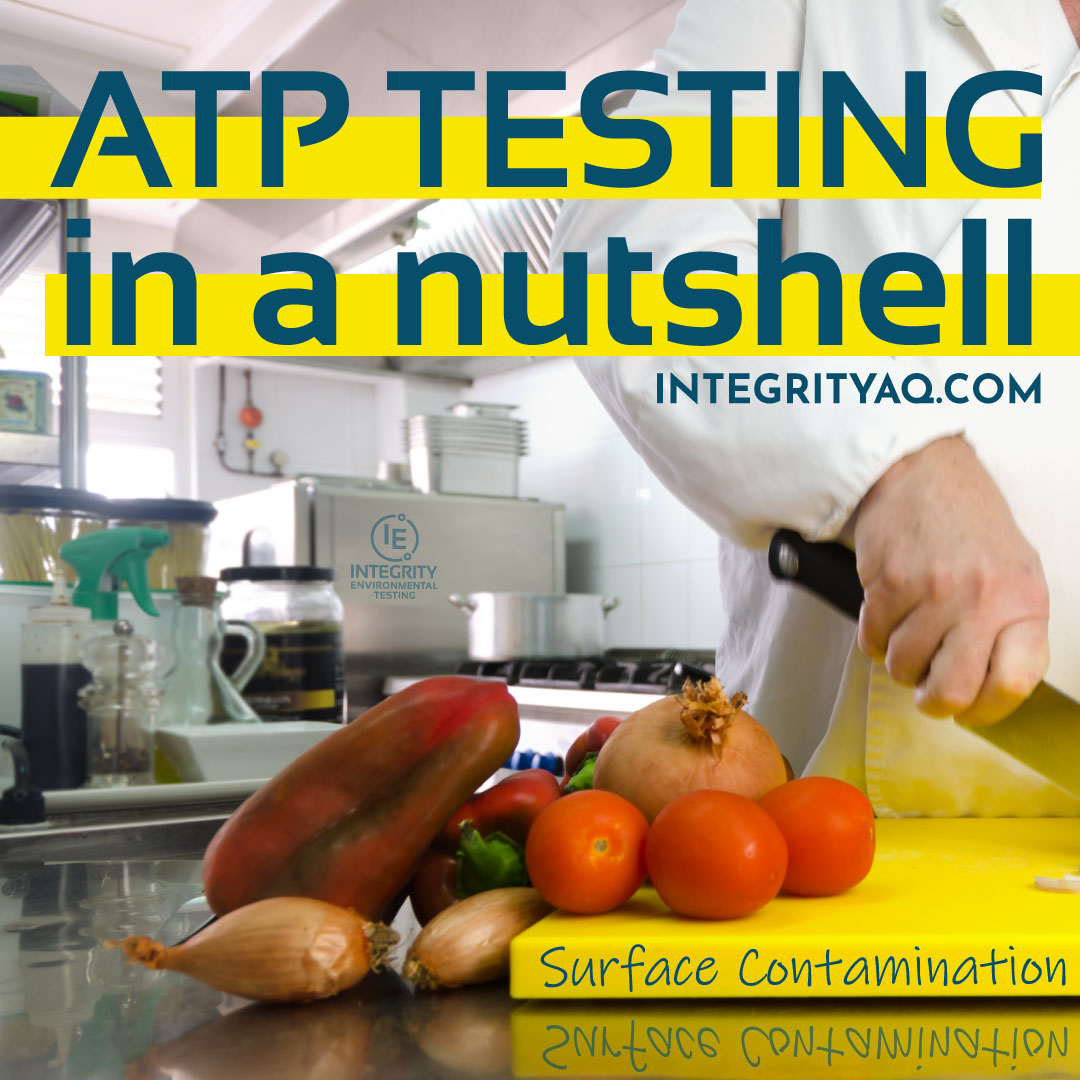
ATP Testing in a Nutshell
An ATP (adenosine triphosphate) test is a rapid method for measuring the cleanliness of surfaces by detecting the presence of organic matter, including microorganisms. ATP is an energy molecule found in all living cells, and its presence on a surface indicates potential contamination. The ATP test works by using a swab to collect a sample…
-
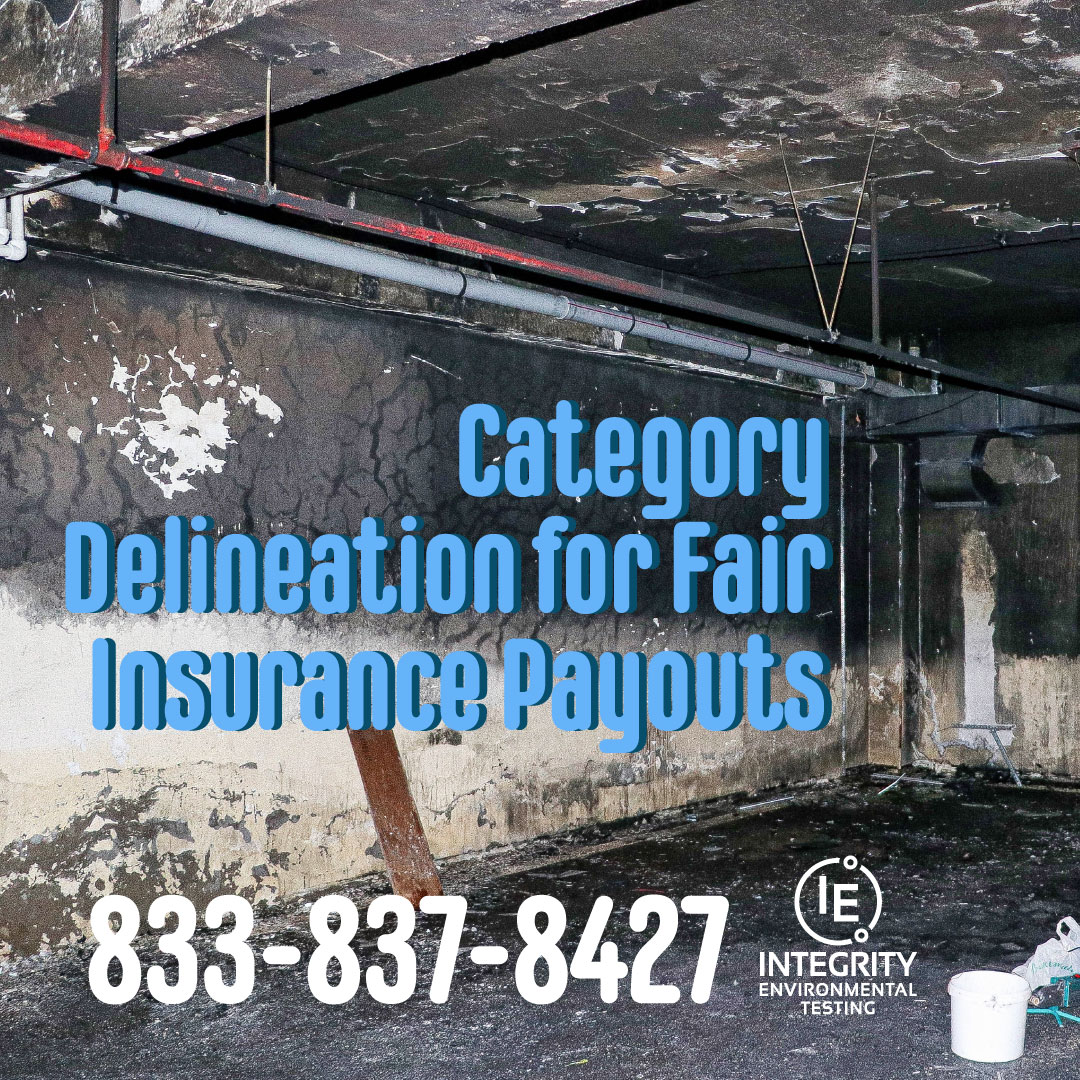
Enhancing Disaster Restoration Efforts: Category Delineation for Fair Insurance Payouts
Disaster restoration firms play a crucial role in helping homeowners recover from unexpected emergencies such as fires, floods, and mold. As experts in your field, you need to ensure homeowners have the right information to get their home restored to its previous glory. One critical aspect to consider is whether disaster restoration, including mold inspection…
-

Boost Revenue: Why Partnering with Integrity Environmental Testing & Consulting Is Essential
In the world of disaster restoration, every project is unique, presenting its own set of challenges and complexities. From ensuring regulatory compliance to maintaining high job quality standards and maximizing revenue, there are many factors that contribute to the success of a project. Integrity Environmental Testing & Consulting is not just a beneficial partner, but…
-
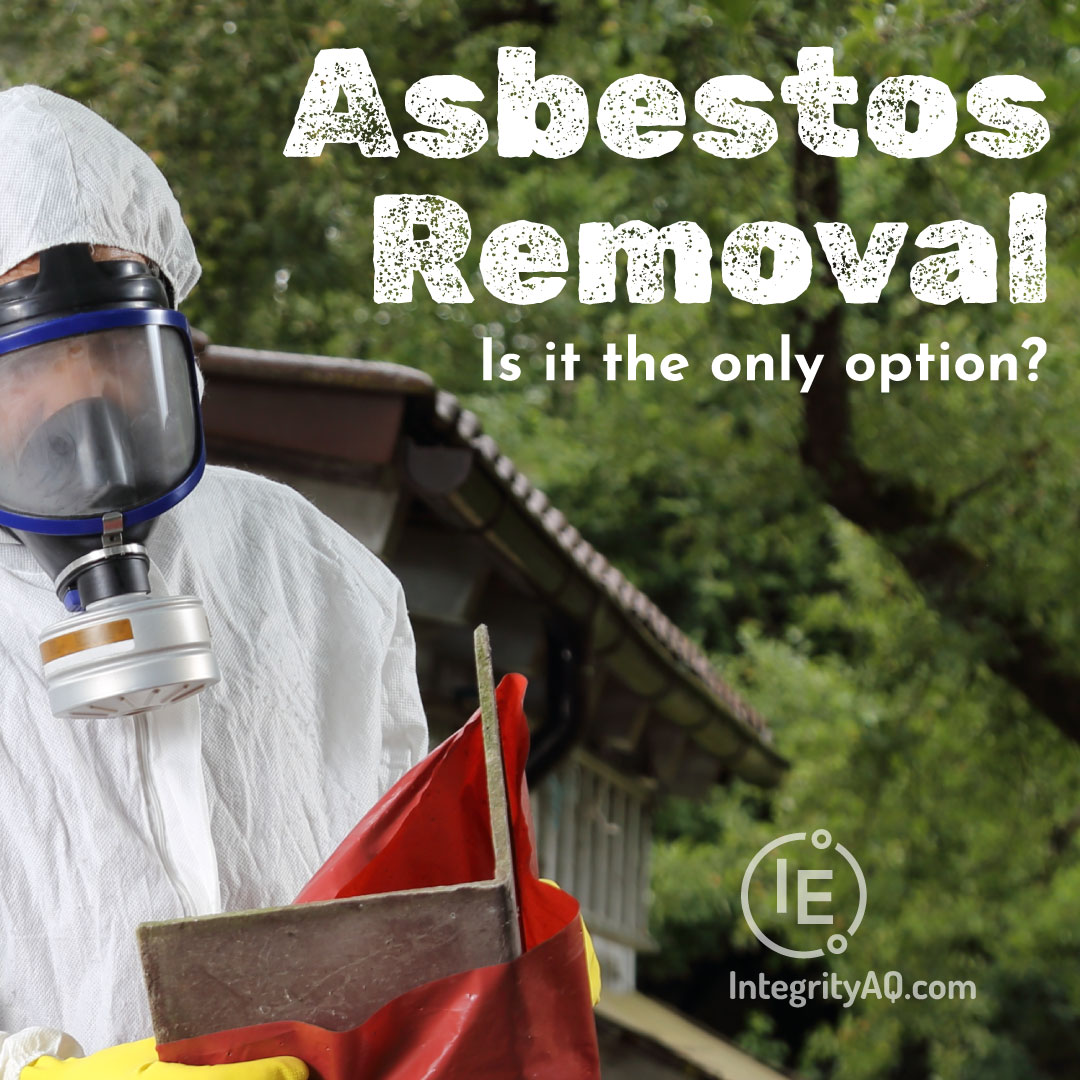
Asbestos Removal: Is it the Only Option?
The immediate reaction of discovering asbestos is often one of alarm and urgency to remove it. Understand the various approaches to managing asbestos.
-
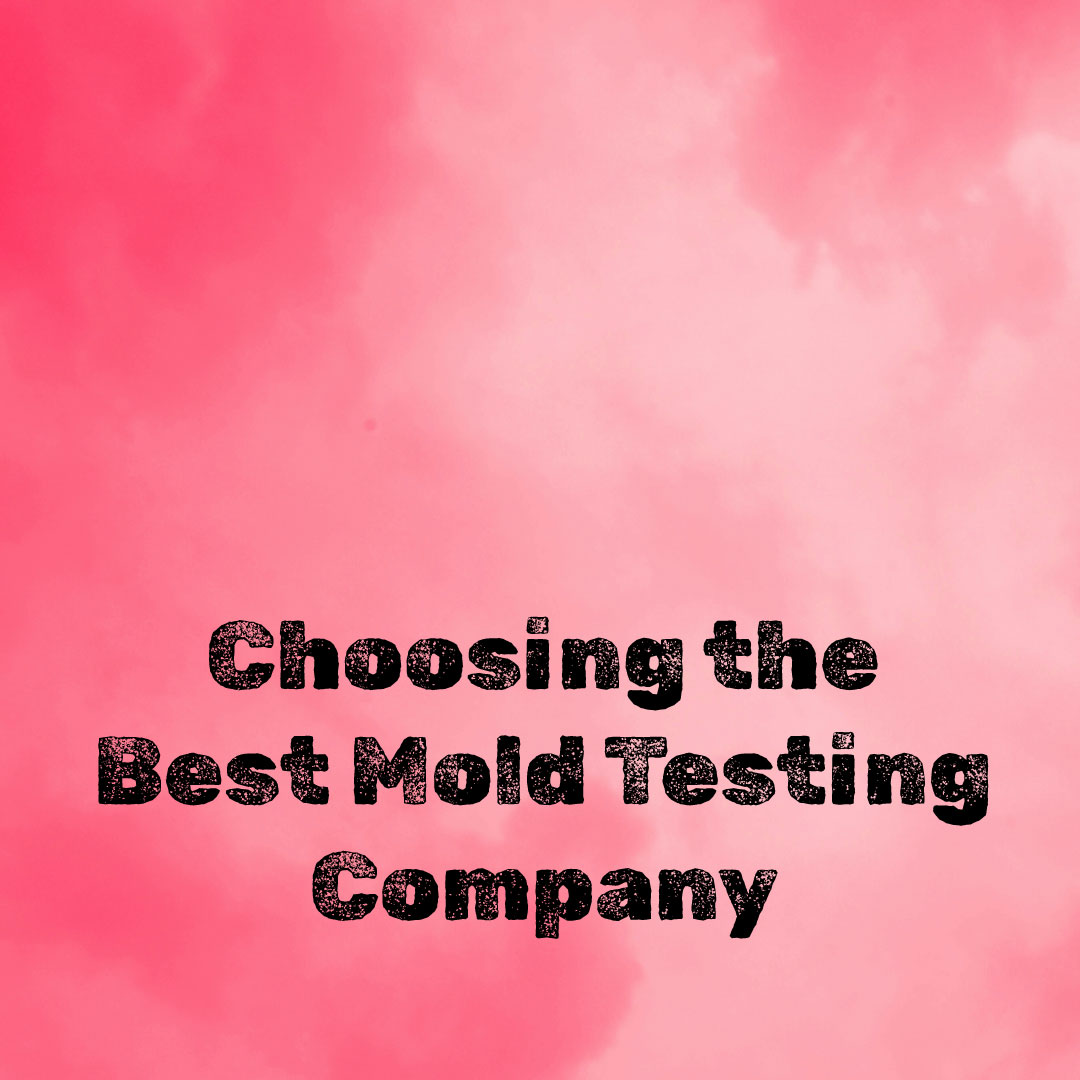
Choosing the Best Mold Testing Company in Denver, Colorado
When looking for a reliable mold testing company in Denver, it’s essential to consider several key factors to ensure you receive accurate, reliable, and comprehensive service. Here’s what to look for when choosing a company for mold testing in Denver or anywhere in Colorado. 1. Accreditation and Certification 2. Advanced Testing Methods 3. Reputation and…
-
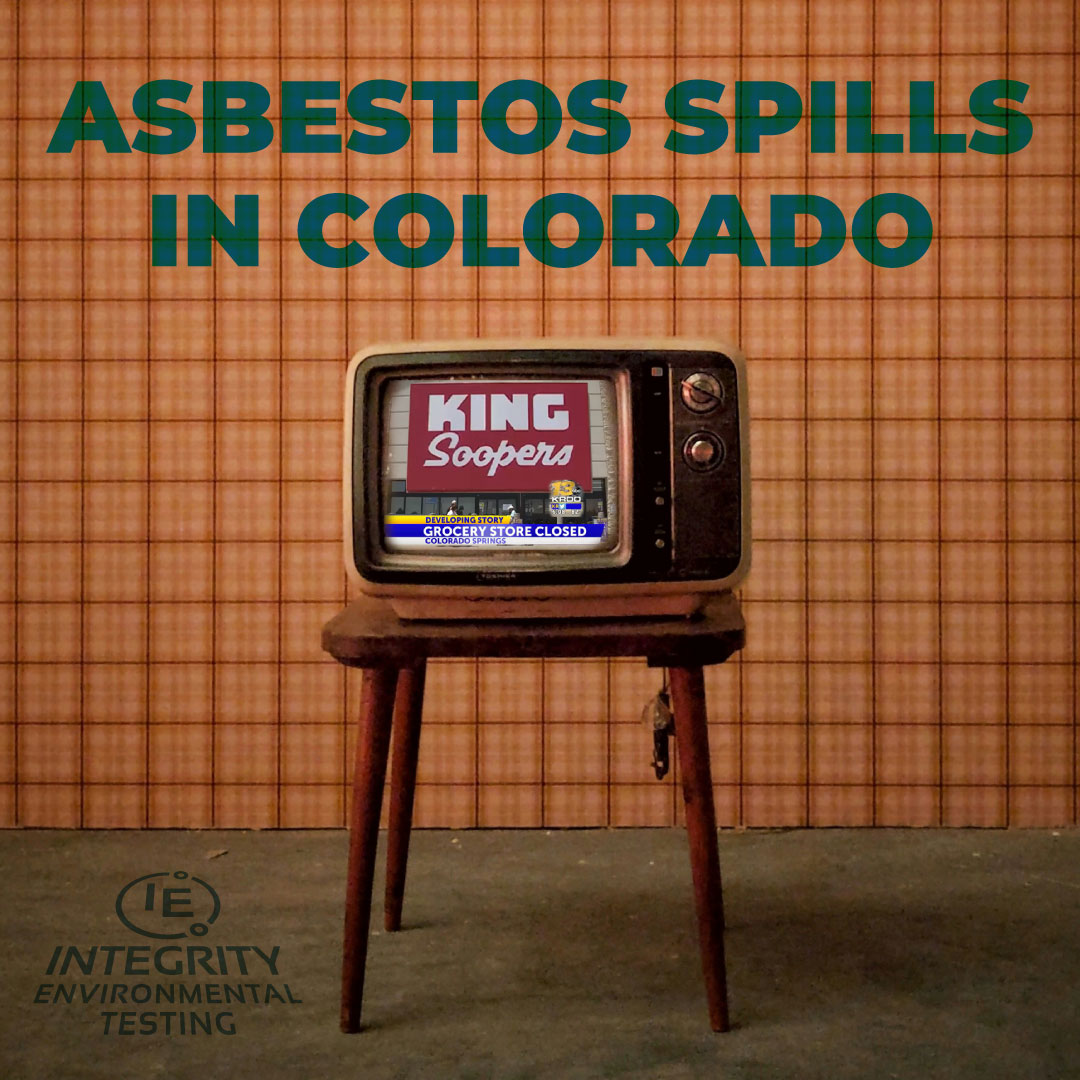
Asbestos Spills in Colorado
Recent incidents of asbestos spills and exposure in Colorado have underscored ongoing concerns about the management and handling of this hazardous material. Asbestos, once widely used in construction for its fire-resistant and insulating properties (among others), poses serious health risks when its fibers become airborne and are inhaled. Here are some notable incidents that have…
-
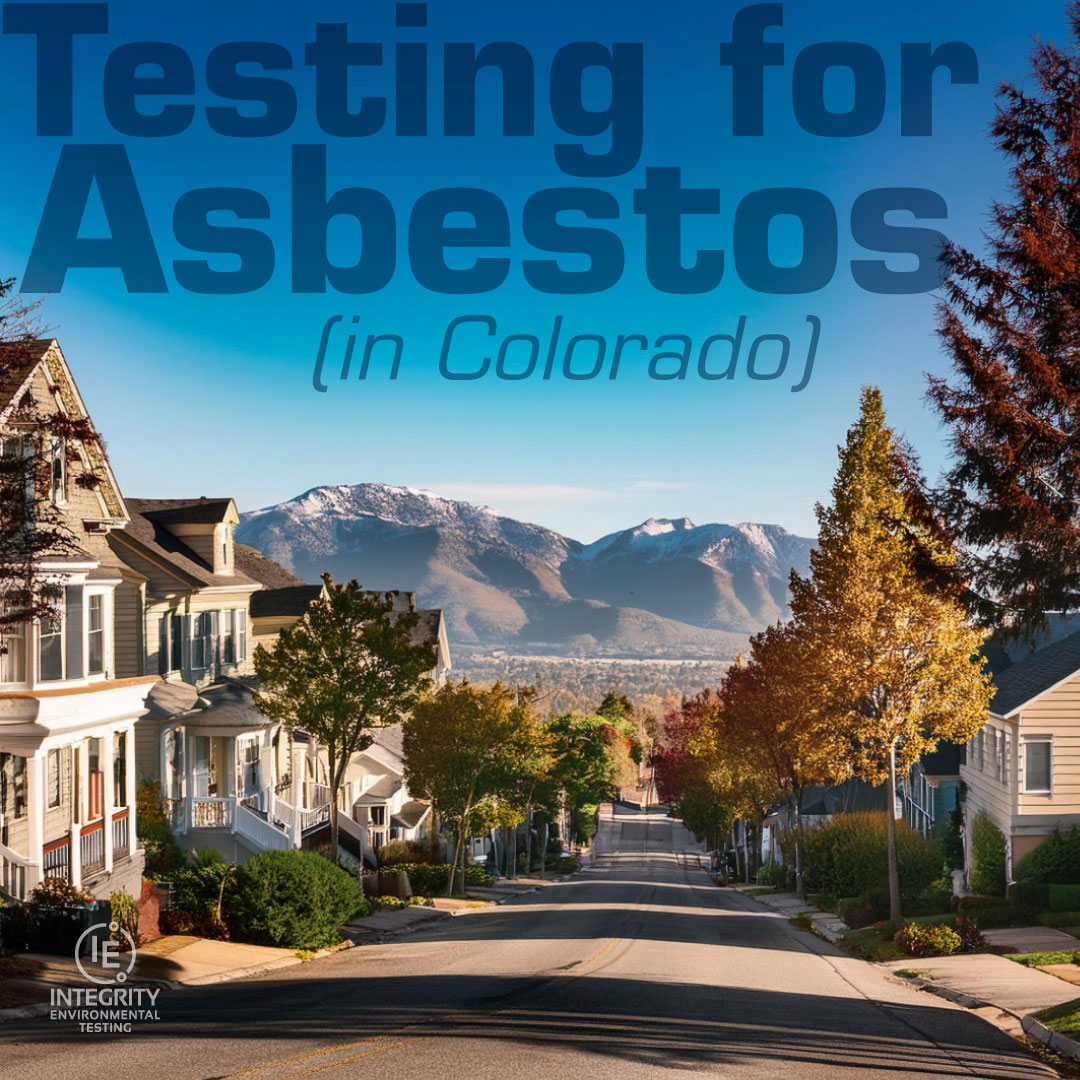
Testing for Asbestos in Colorado
Asbestos spill delineation and bulk sampling are important processes in identifying and managing asbestos contamination. Here’s an overview of these procedures and asbestos testing. Types of Asbestos Testing Asbestos Spill Delineation: When an asbestos spill occurs, it’s crucial to determine the extent of the contaminated area. This process, known as spill delineation, is typically performed…
-

Understanding the Different Types of Asbestos Testing in Denver
Asbestos, a once widely-used material for its fire-resistant properties, is now known to pose serious health risks. To ensure safety, especially during asbestos abatement in Denver, understanding the different types of asbestos testing is crucial. This blog will explain the various methods used in asbestos testing, providing clarity on how to manage this hazardous material…
-

Increase Revenue with Category Delineation
In the ever-evolving landscape of disaster restoration, staying ahead of the curve is crucial for success. One innovative solution that is revolutionizing our industry is “Category Delineation” testing with Integrity Environmental Testing & Consulting. This advanced testing methodology instantly detects biological micro-contamination present in the air, while providing a myriad of benefits that can significantly…
-
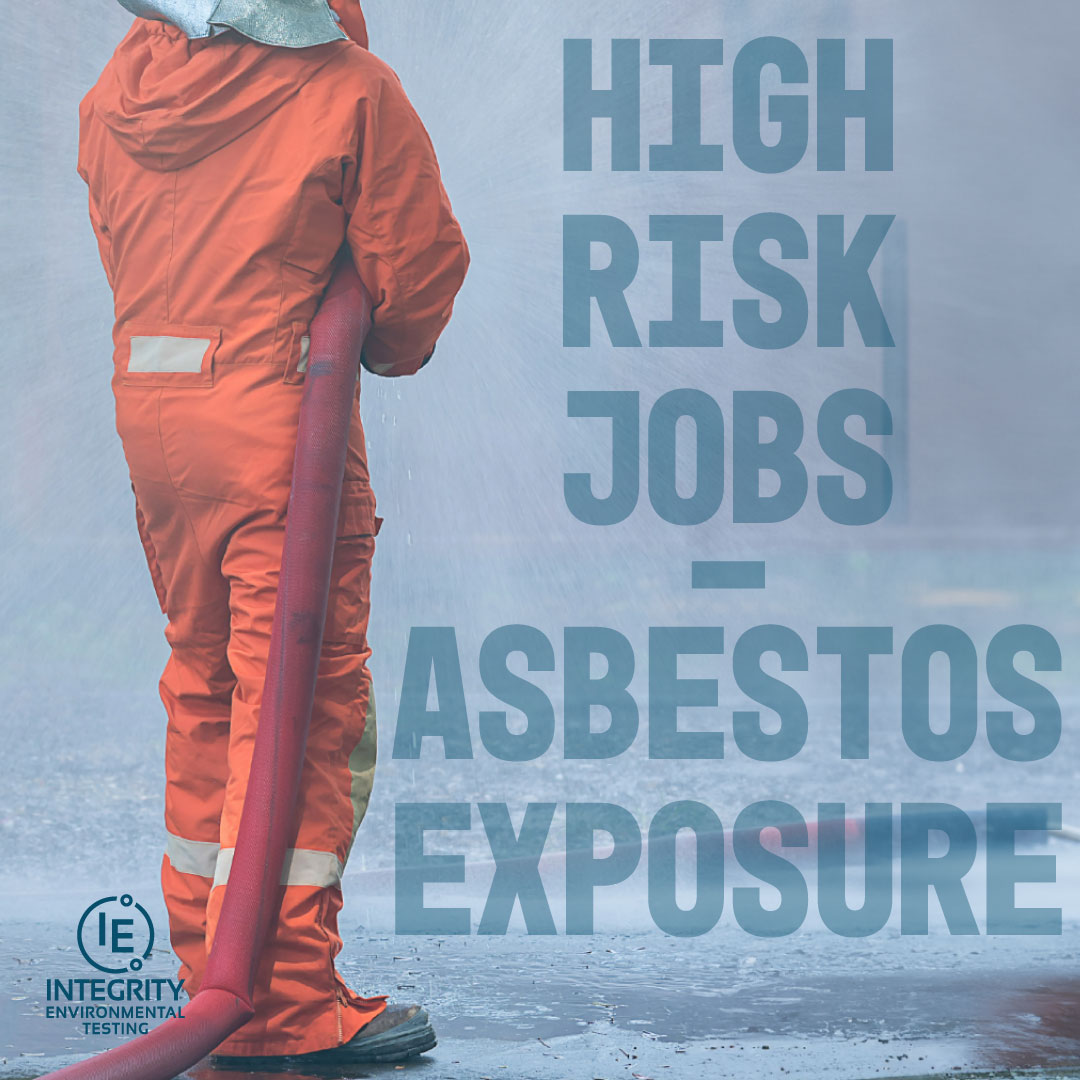
High-Risk Jobs for Asbestos Exposure
Recognizing Asbestos Risks and Regulations Asbestos has long been recognized as a serious health hazard. Despite regulations, many workers who are involved in industries that are related to asbestos abatement throughout Colorado, Tennessee and the rest of the country, still face the risk of asbestos exposure on the job. We’d like to discuss high-risk industries…
-
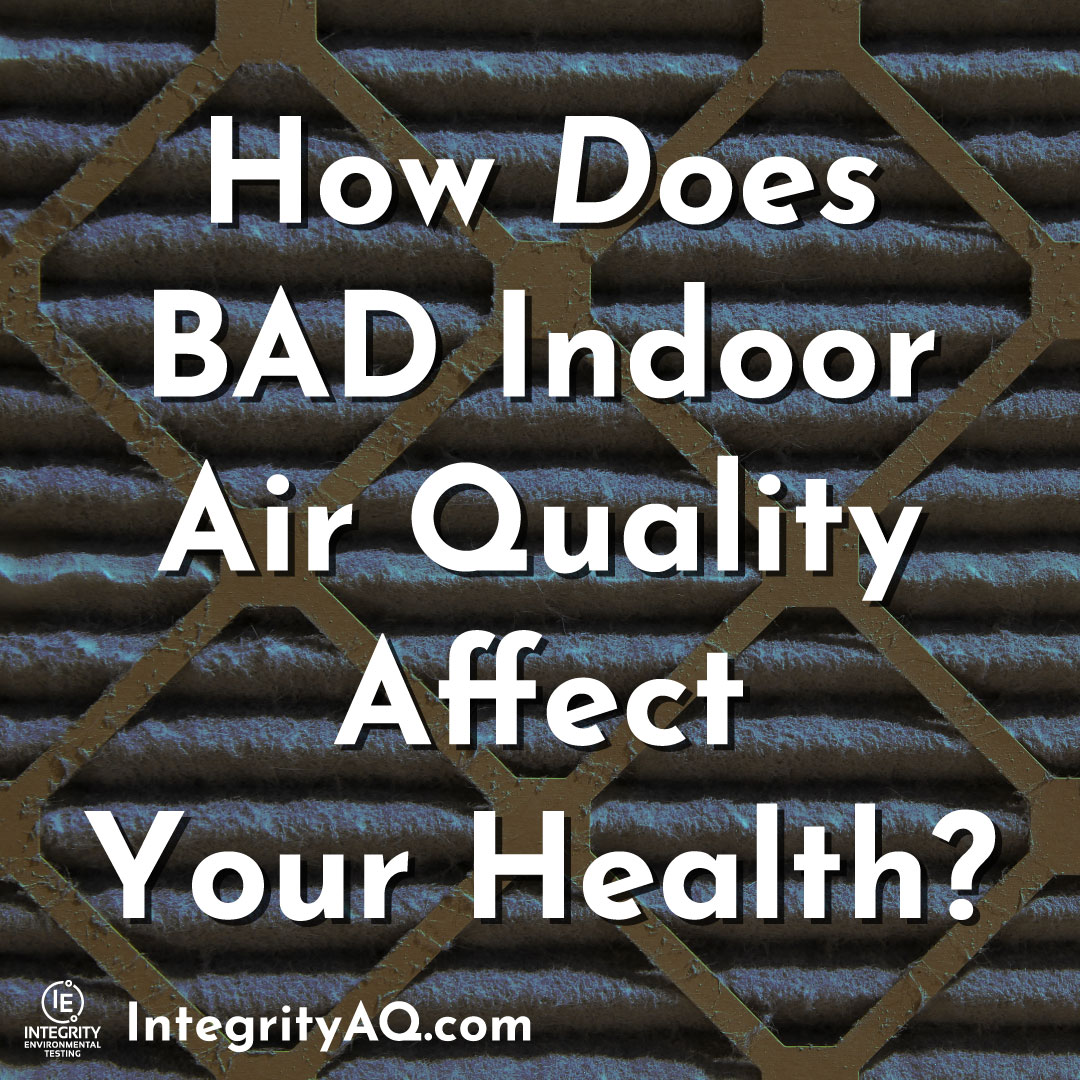
How Does Bad Indoor Air Quality Affect Your Health?
Indoor air quality (IAQ) has a profound impact on our health and well-being. Poor IAQ can lead to a range of health issues, especially for children and the elderly. Understanding these impacts is crucial for taking steps to improve the air you breathe indoors. If you are experiencing health concerns, talk to your doctor. We…
-
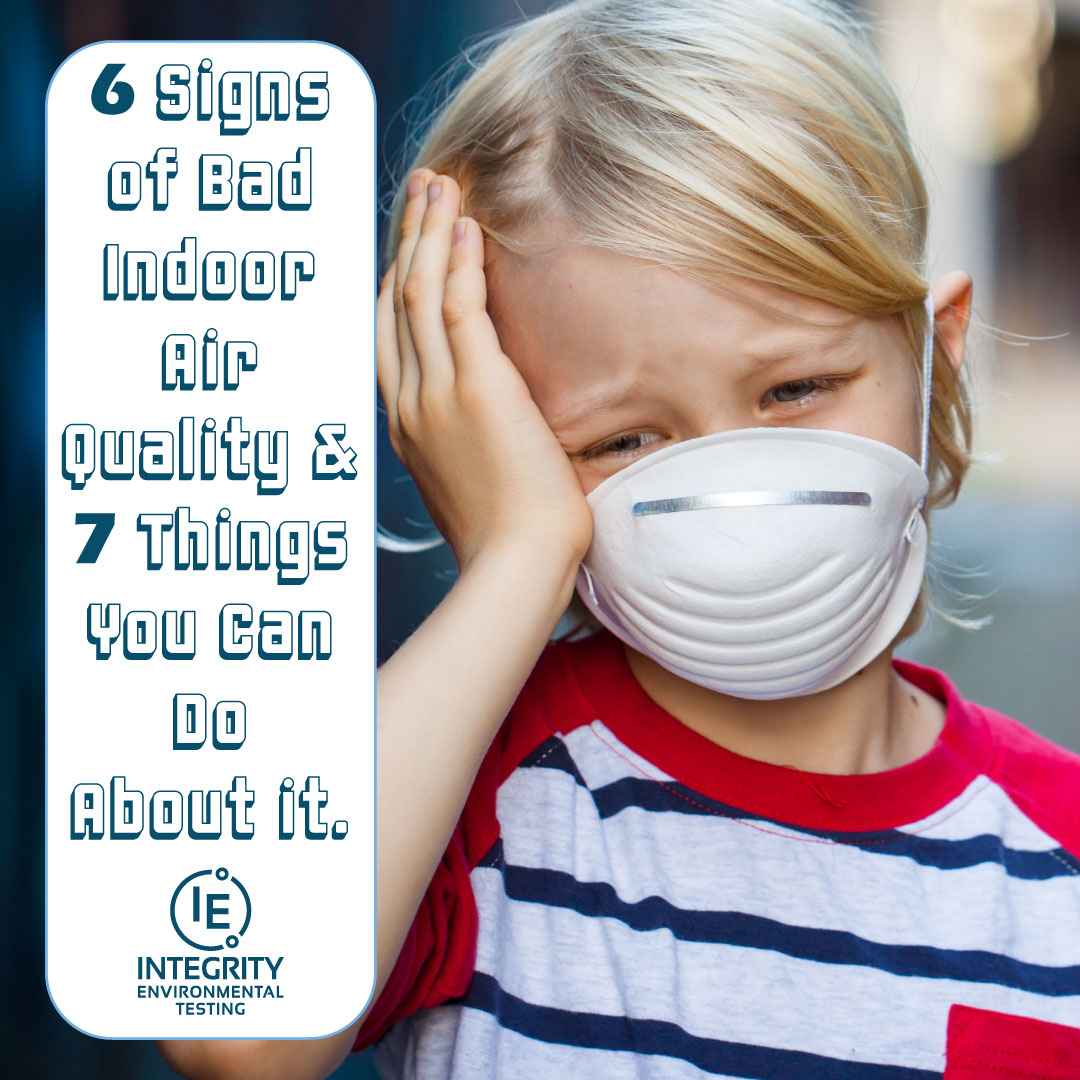
6 Signs of Bad Indoor Air Quality & 7 Things to Do About It
Indoor air quality (IAQ) is a crucial aspect of creating a healthy and safe environment, whether at home or work. Poor IAQ can have serious health implications, and it’s essential to recognize the signs that might indicate an issue. By utilizing this guide, you can significantly improve the air quality in your space. But, if…
-

DIY Home Renovations: Lead Paint #2
We put together a guide on DIY Home Renovations, and what you should do if your pre-1978 home or building features lead-based paint. Before you go on – Read the First Article. First, we’d like to stress the importance of testing for lead paint when you are ready for home remodeling. If you don’t know…
-

DIY Home Renovations: Lead Paint #1
Embarking on a renovation, repair, or painting (RRP) project in a pre-1978 home with lead-based paint entails potential risks of generating hazardous lead dust. To address these risks, the EPA strongly advises homeowners to engage lead-safe certified contractors proficient in employing lead-safe work practices. These practices encompass a set of techniques aimed at minimizing lead…
-
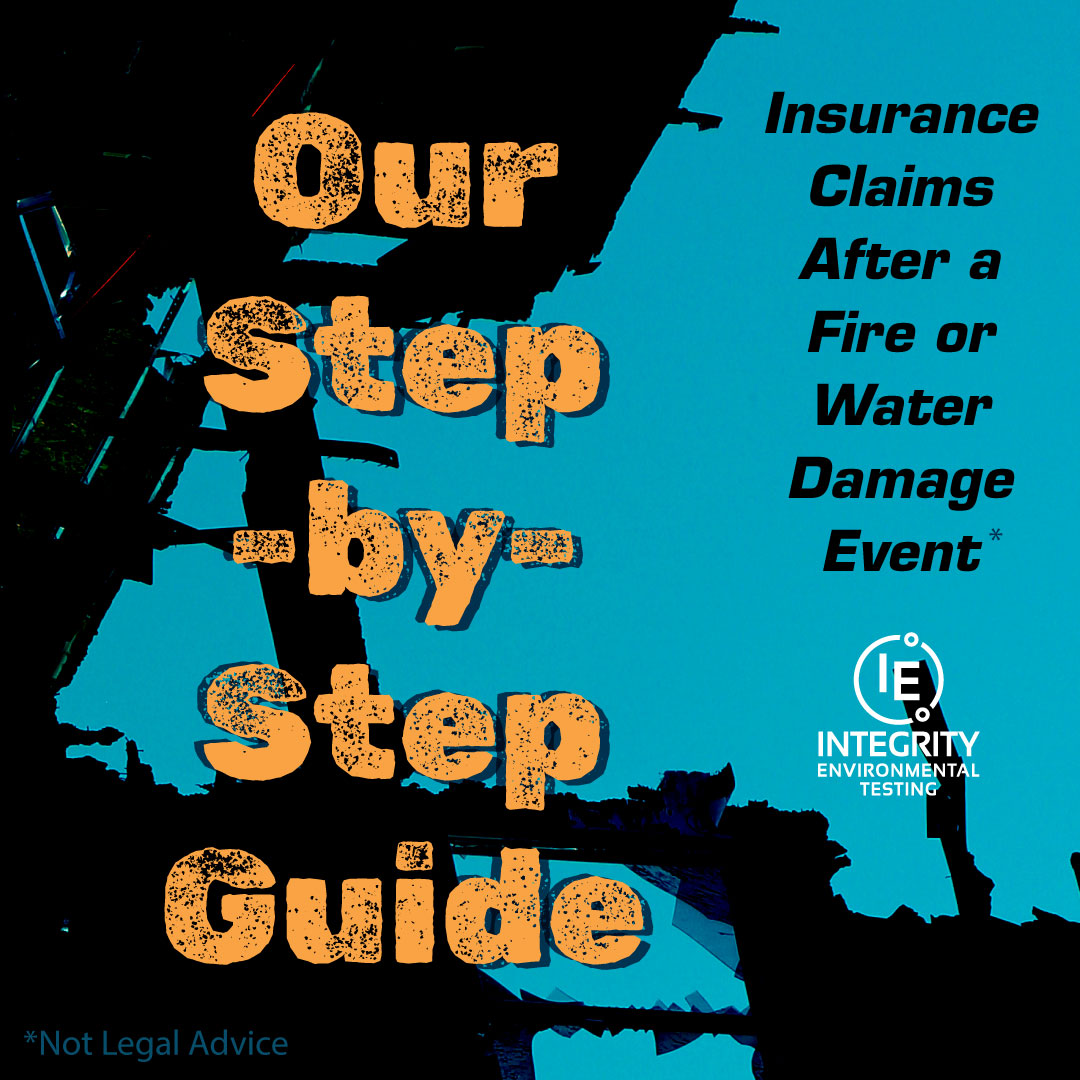
Insurance Claims After Fire or Water Home Damage: A Step-by-Step Guide
Step-by-Step Guide for Filing a Property Insurance Claim after a Fire or Flood Experiencing a fire or flood in your home can be devastating, but knowing how to navigate the insurance claim process afterward is crucial for a full recovery. In Colorado, homeowners have specific rights and procedures when filing claims with their insurance companies.…
-

Understanding Colorado HB07-1104: Protecting Consumer Rights in Property Insurance Claims
HB07-1104 was introduced to counteract insurance companies’ tendencies to exert undue influence over policyholders’ choice of restoration companies following property damage events.
